Training Tennis For Kids
Having been tennis trainers for over 20 years, one area we have long gravitated towards is training tennis for kids. We believe if we educate and motivate young players on how to train for tennis, they will become smarter with their training, more physically robust, and will be physically “setup” for the future.
We have had the privilege of seeing this time and time again with players we work with both face to face and online. Nothing makes us happier within our profession than seeing a young player we have trained reach their physical best self, especially when they can eventually manage themselves.
So how important do you think following a structured tennis strength & conditioning plan is for young players? We see and hear every day what is going on around the world with young tennis players, we have our finger on the pulse!
The fact is, if you are a young player, a parent of a young player, or coach a young player, you need to understand the standard of training and structure you need to be following in order to maximize growth and compete with your peers.
It is not about doing bits and pieces here and there or following random advice. It takes expertise and structure to get it right if you are serious about reaching the top. The good news is we have some tips and a training structure to help you out!
Read on…..
Most players do some form of tennis fitness training e.g sprints on the side of the court, agility drills, push-ups, burpees, etc. The problem we find is most of the time the training is unstructured and without purpose, they need a tennis training plan to follow. The workloads are either excessive or not enough and the drills/exercises are either too advanced or unspecific, sound familiar?
When we talk about developing a “Tennis Athlete”. We need to look at what is involved; how want them to feel, move, recover, and perform. Taking those areas into consideration is important when setting programming and structure. It takes a complete system or training plan to get it right. As I mentioned before we have our finger on the pulse and know first-hand there are a lot of players globally nailing all this, the majority though are falling well short, they won’t keep up….. I’m not saying this as a scare tactic I am saying this as a truth-teller with the intention to motivate players to do the right things, consistently!
So, we know some players train really well, following a structured plan, we know some players do bits and pieces and we know some players do nothing. What category do you fall in?
If you are following a structured tennis training plan and getting great results e.g you are physically progressing and injury-free, that is great! Hopefully, you are following one of our online tennis strength and conditioning programs. If you are not happy with your current level of tennis fitness there is a reason why. You might be injured all the time, feel slow on court, or fatigue easily.
Below are 10 key areas that players need to get right in order to train comprehensively for tennis and ensure they are feeling good, are injury-free, are moving on court at high capacity, and don’t run of gas!
Tennis For Kids - Training Tips
1. Tennis Fitness Testing and Assessments
Why – Testing and assessing allows us to get an overview of a player’s physical condition, including; muscle imbalances and tight areas in the body, physical strengths and weaknesses (strength, power, speed and agility, etc). It then gives us an opportunity to set goals to improve certain aspects.
What players do wrong – No testing or assessing. They have no idea where they are at, what needs to improve. They have no specific training purpose.
Solution – Even some basic tennis fitness testing for players aged 12 and above will help the team understand what needs to improve. We have incorporated testing and assessment into our latest Junior Tennis Strength & Conditioning Program.

2. Tennis Warm Up
Why – Prepare the body and mind for tennis. Get the body in a heightened state in order to get as much as you can out of yourself.
What players do wrong – Most players do a lame warm up, then it takes them 15min to get going during a match or practice. You want to be ready from the first ball! Young players also are not incorporating all the necessary components into their warmup.
Solution – Generally once a player has been made aware of the benefits of warming up effectively and they have the right warm up protocol they go to another level. This should include; Cardio, mobility, activation, specificity. Comprehensive tennis warm up is included in all our junior programs.
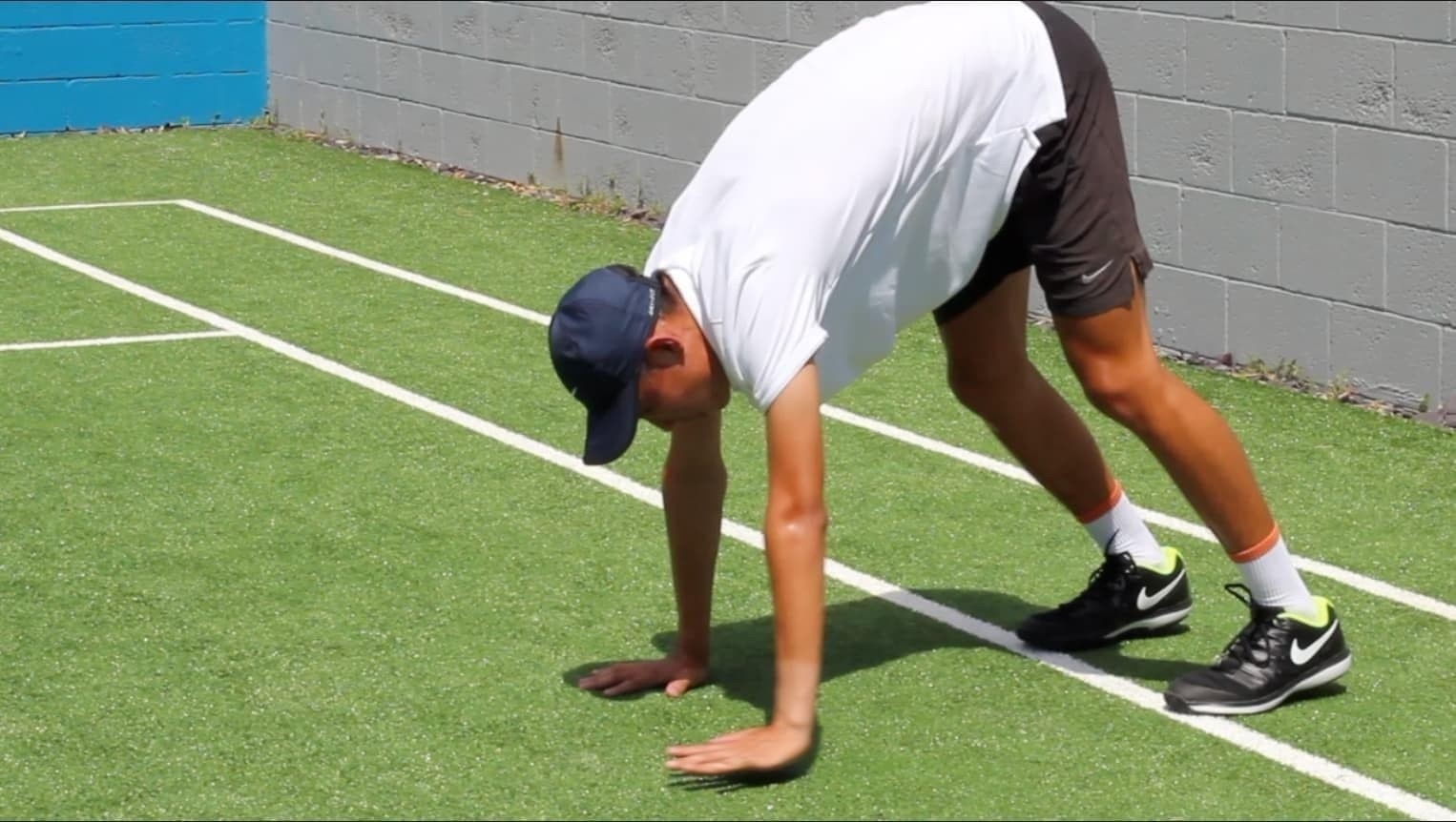
3. Flexibility
Why – Following a flexibility program will help prevent injury by keeping muscle length at a healthy and preferred range. Enabling players to get into and out of movement positions whilst on the court.
What players do wrong – Honestly most young players are not doing any stretching or mobility training at all. If they are it generally lacks the intensity, duration and frequency that is takes to get the desired outcome. We also need to consider the nature of tennis and although it is not a totally one-sided dominant sport, there are definitely some muscle tension imbalances that need to addressed for each individual. Highlighting these areas for each player and doing some extra stretching on those areas is important to help maintain a physically balanced player.
Solution – Following a mobility plan (pre-exercise) and tennis stretches plan (post-exercise). It needs to be done consistently in order to get long term benefits. We have included a mobility and stretch program in our junior programs, they are a must-have.

4. Tennis Power - Medicine Ball
Why – Players at a young age need to understand how to transfer body weight and shift load in a functional/safe way. As a player, being able to do this will lead to being a more effective power generator.
What players do wrong – Without the right advice, young players can get the technique all wrong and actually create faulty movement patterns e.g use their arms to dominate a movement rather than generate the power from the ground up. They often also see something way too advanced on social media and do it without knowing exactly how and why, this can cause injury. Getting the load right here is also critical. If anything, a player should be using a lighter weighted medicine ball over a heavier one, this will help in developing the correct movement sequencing.
Solution – Learn the basics first and build up from there. Once a player learns how to effectively push, rotate, and throw a medicine ball they can then progress to more challenging exercises. However, there is often no need to get fancy with medicine ball exercises. A power medicine ball program is included in our stage 2 junior program.
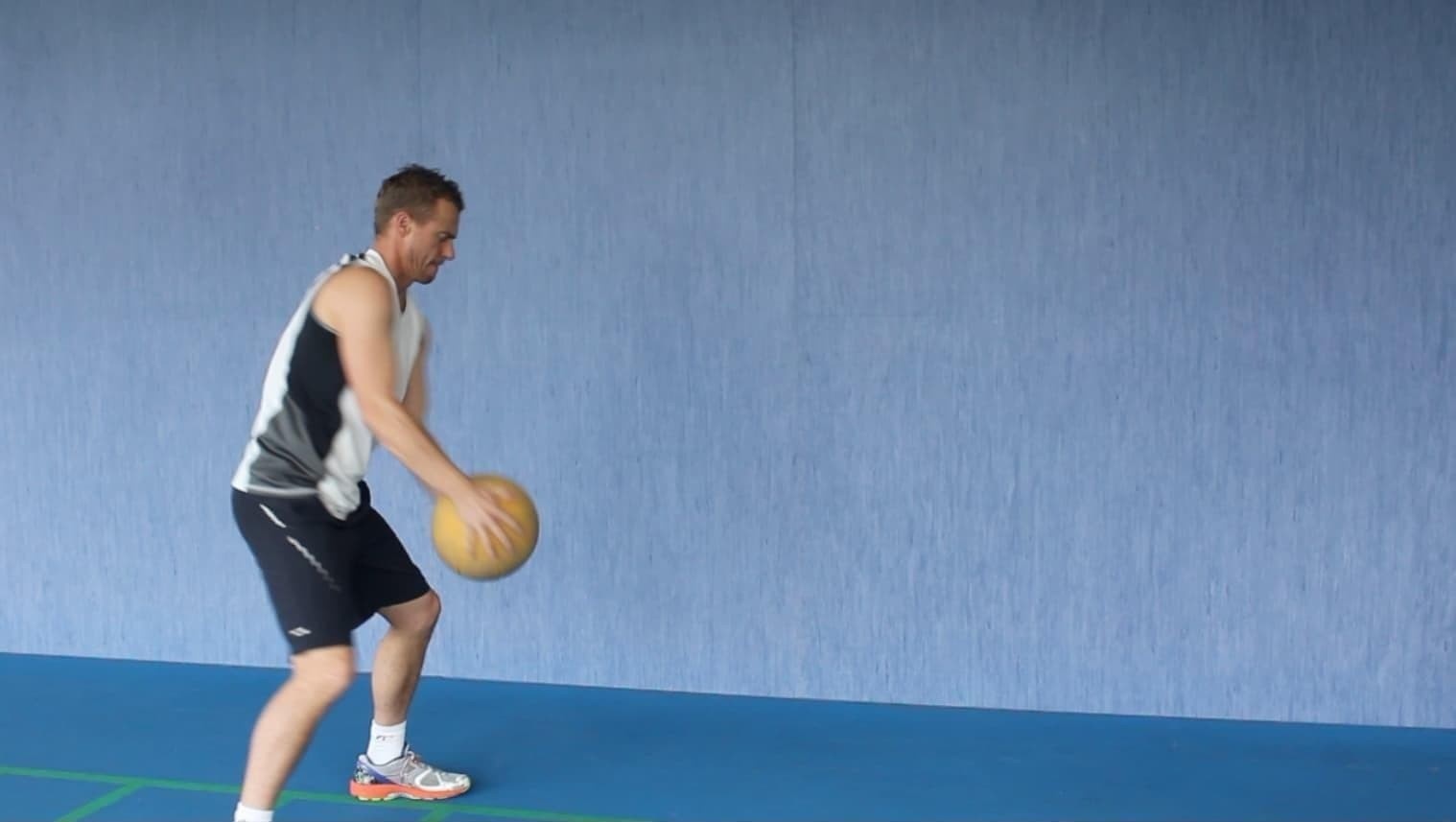
5. Fitness Conditioning
Why – Fitness conditioning relates to specific training intervals e.g running doing a drill for 30sec and then resting for 30sec before repeating the drill numerous times. This is the best way to get a player more resilient and prepared for the up and down cardiovascular intensities that they encounter playing tennis.
What players do wrong – Most players do not do any specific training away from tennis practice to improve this area. We have found most young players do not push themselves enough whilst training in this area. The ones that do find themselves more resilient and able to handle the repetitive up and down intensities that occur on court during practice and a match. Some players think running for 10min once a week will cut it, it is better than nothing, but it will have minimal impact. Getting it right is easier than you think!
Solution – Players should be doing some form of tennis conditioning at least once a week. We have included specific drills and intensities in our junior programs. Designed to help players understand how hard they need to push themselves and create the environment for them to be able to improve their physical and mental thresholds.
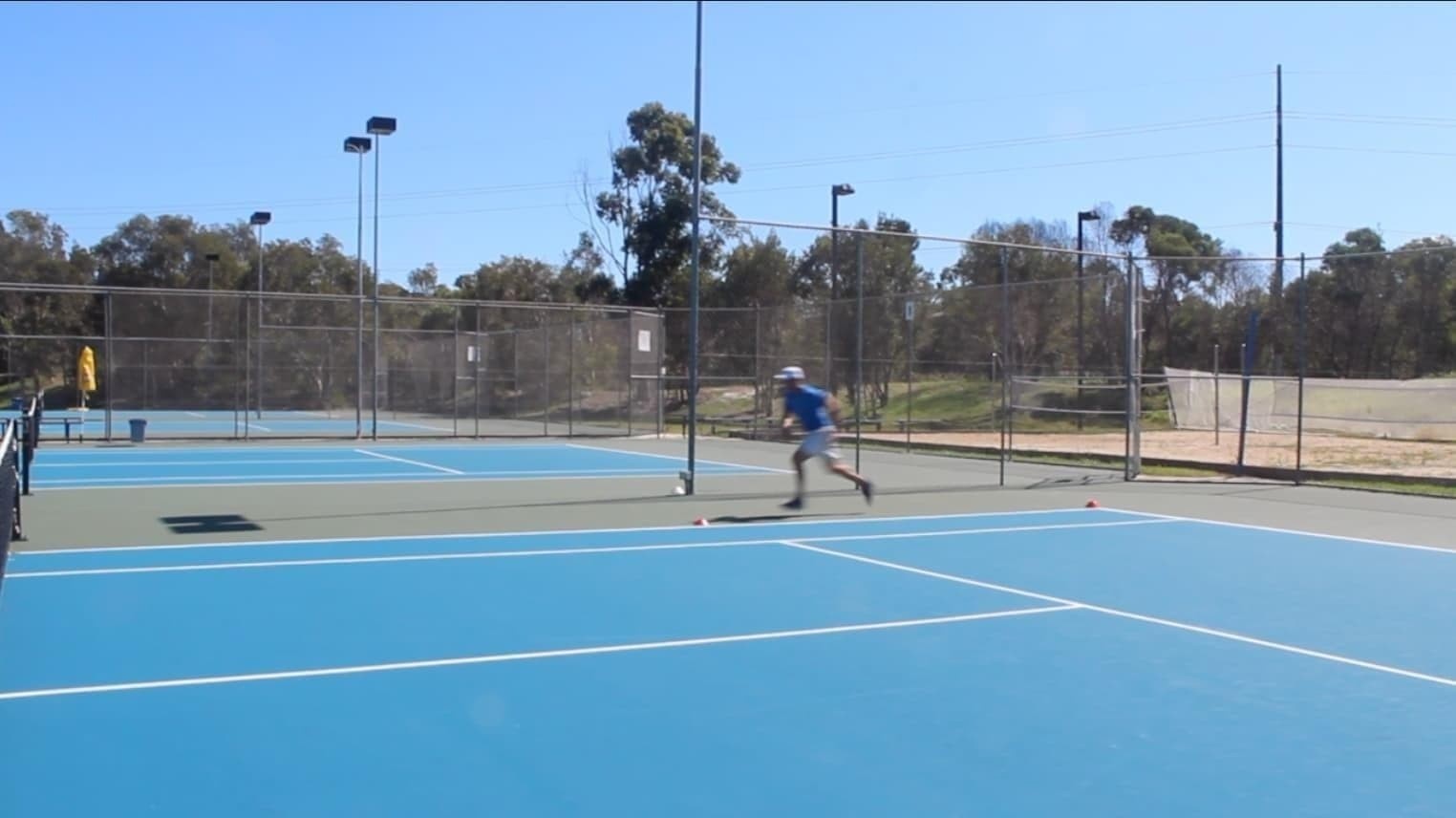
6. Agility and Footwork
Why – Working on your agility and footwork in a controlled and isolated situation is the best way to hone in on a young player's coordination, foot speed, and agility. Taking the hitting out of the equation gives them the opportunity to focus purely on their movement. It works really well.
What players do wrong – We find most players do a few things wrong when doing tennis agility and footwork drills; Lack the intensity, they just do lineal running (straight running) they do not know what they are targeting for each drill e.g acceleration, braking, change of direction. They just go through the motions often doing the wrong drills.
Solution – In our Junior programs we explain to players that they need to work at a high intensity. We set specific drills targeting multi directional movements, specific for tennis play. Make sure when you are doing agility and footwork training it is change of direction based, it is intense, and you know what you are targeting for each drill.
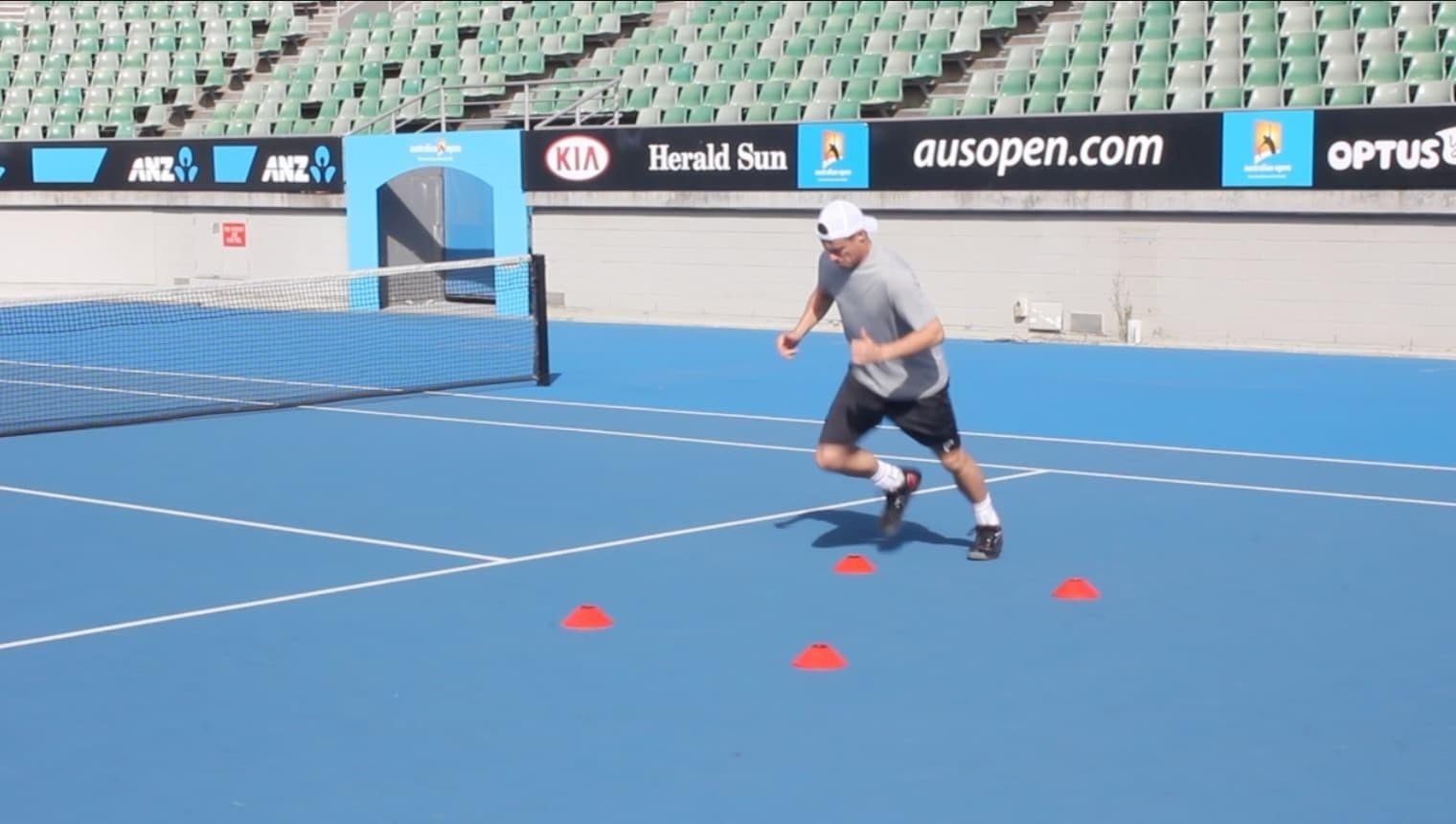
7. Power – Plyometrics
Why – Bodyweight tennis plyometric training is the best way for young players to improve their dynamic capabilities on the court. If you perform an exercise (jumping) with full power capacity, holding good posture and you continue to repeat it with the right repetitions and rest periods, common sense will tell you that you will become a more dynamic player.
What players do wrong – More often than not they do too many repetitions at low intensity. It does not have the desired effect. They also do not balance out well enough doing bi lateral and unilateral drills. Tennis being a predominantly uni lateral sport (e.g landing on one leg or hitting a forehand). It is important to train the body in the same manner, not all exercises but a certain ratio needs to be uni lateral targeted.
Solution – Players need to work at the right intensities, doing the right exercises. Getting the exercises right for young players is crucial. When they learn how to land and push off effectively, they become much more dynamic and balanced on court. Also getting the repetition to rest ratio correct is important in order to encourage the full explosive movements needed for positive growth in this area.
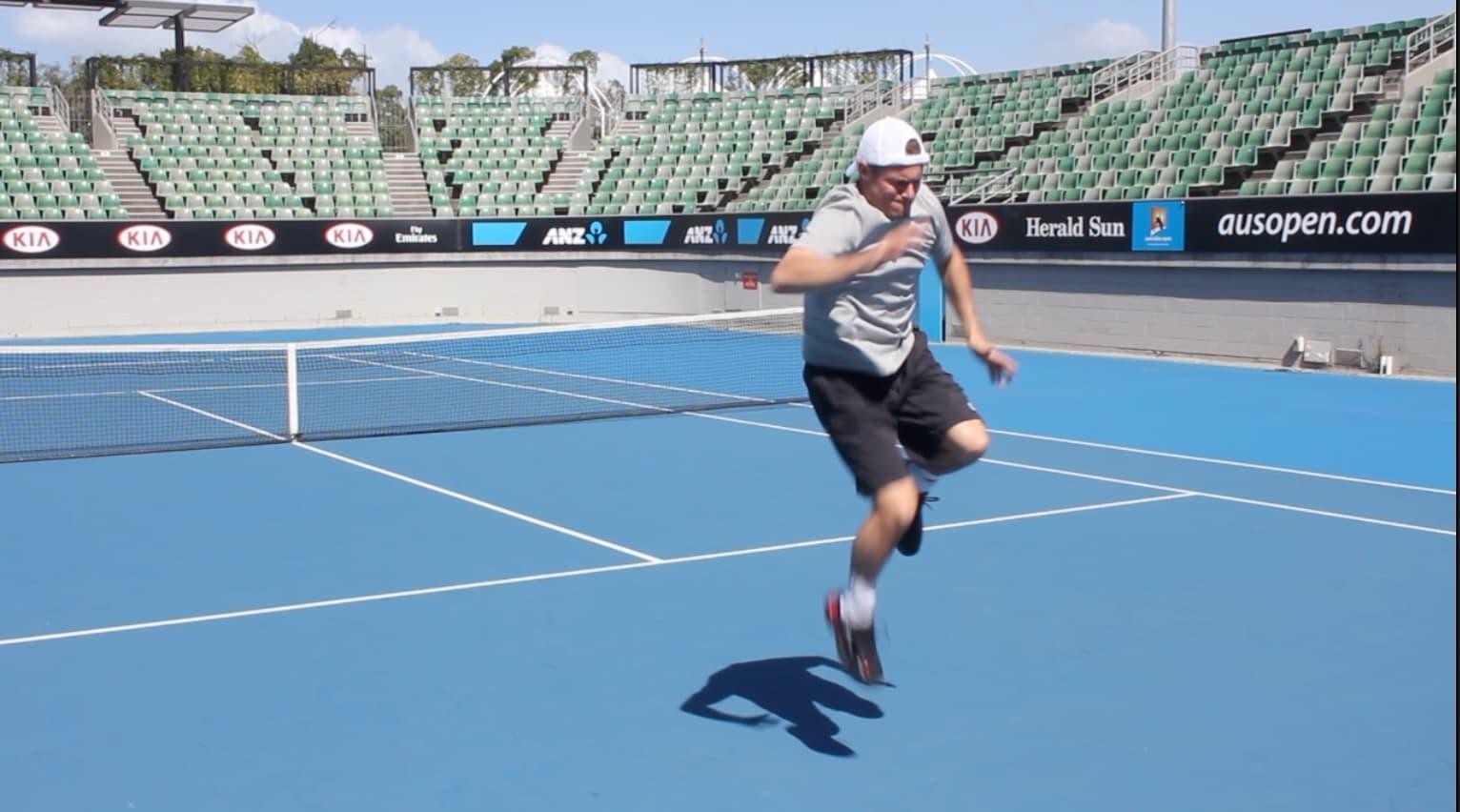
8. Strength Training
Why – Healthy strong muscle has many benefits; Enables better force production (Power = strength x speed and agility). It allows the body to absorb load more efficiently protecting joints, tendons, and ligaments, having a strong body is the number 1 factor in preventing injuries. Strength training helps improve range of motion (mobility/flexibility) also the stronger the body the quicker you will recover. Strength is king! Every young player needs to be doing strength training at least once a week.
What players do wrong – Most young players do not do any strength training besides some push-ups and squats (generally with bad form). Some players are doing exercises that are adult appropriate, but not suitable for young players (a big risk). We understand tennis strength training is an area most coaches and parents do not like to go near due to the stigma attached to the potential risk of causing injury. We totally get that. From our perspective, players, parents, and coaches just need education and structure with strength training. Rather than doing some random exercises without understanding how to do it and also knowing why you are doing it.
Solution – What we encourage is for every young player age 7 and up to follow a structured and age-specific strength plan. Seriously, if you are only going to do one session a week, it should be a strength session! Learn the “what” and “how” by following one of our junior programs. We have done the hard work for you!

9. Mechanics
Why – Understanding basic movement principles and then allowing a young player to develop strength, coordination, stability, and control by following specific exercises, sets and reps is important for a healthy growth pathway. Developing good posture through movement, being able to stop quickly whilst maintaining a strong base, and hold a good braced position whilst on court is what is needed to build a platform where players are better protected physically and can move more efficiently and dynamically.
What players do wrong – To be honest most young players do not do anything to improve their movement mechanics; stopping, starting, landing, hold posture through movement. It is not their fault; they first need to be taught how to do these things. Most coaches and trainers are not familiar with these principles.
Solution – A few times a week players need to be incorporating fundamental mechanics exercises into training (pull, push, squat, lunge, bend, and rotation). We incorporate these into our strength session for young players and they are included in our online programs.
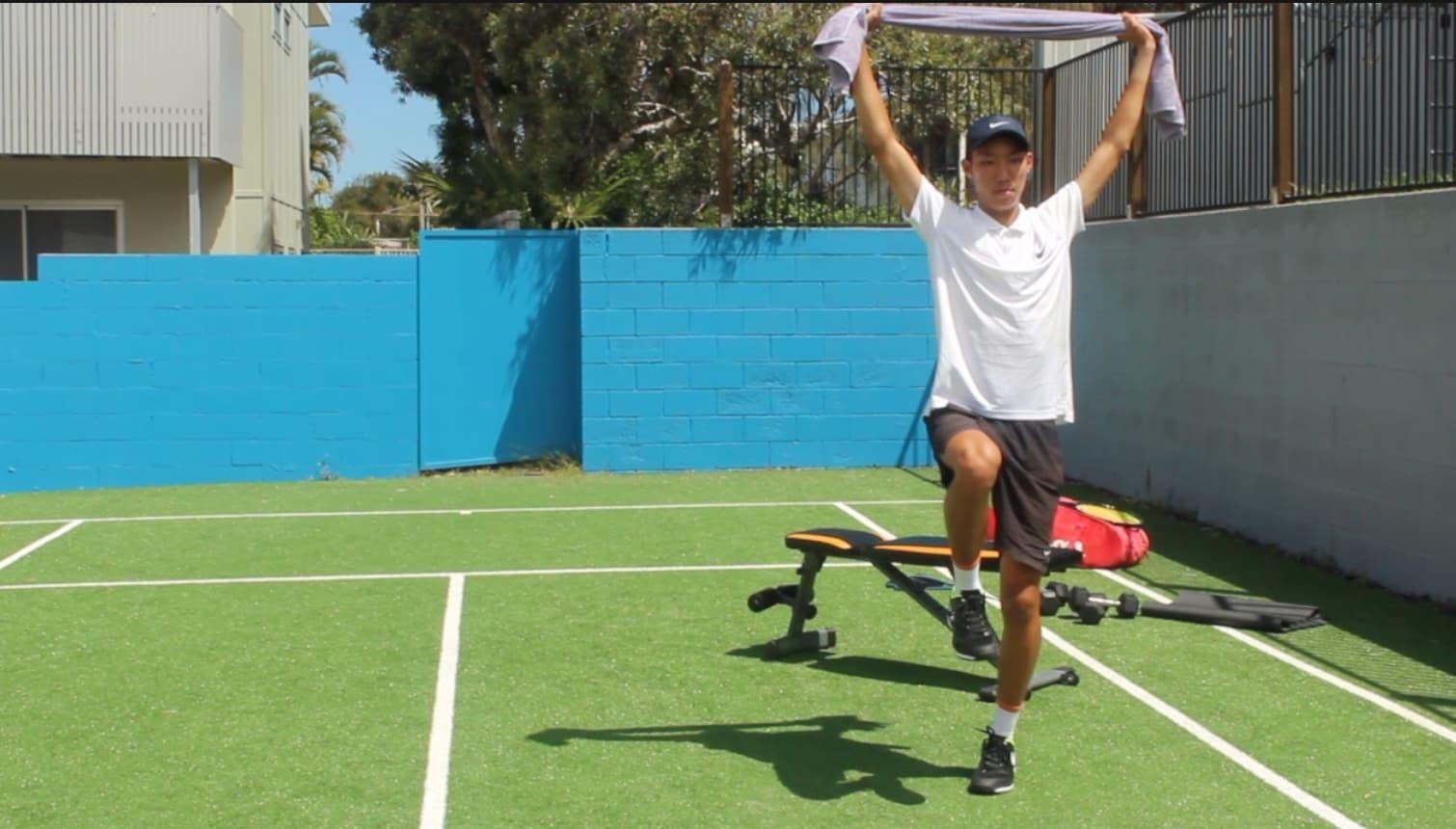
10. Injury Prevention
Why – When you are injured you spend time off-court or if you are injured and still playing, you are restricted and to some degree distracted. Not what we want! Tennis injuries are horrible. All young players are extremely vulnerable to injury, this is due to the fact their bodies are developing and are not yet strong and stable enough to handle what an adult can. They are highly likely to develop injury if they do not follow a structured training plan.
What players do wrong – Players will do some basic core exercises which will have an impact. However, we can be doing much better than this. Focusing on specific target areas is where most players miss out. They also do not dedicate enough time doing this training. Young players find it hard to connect the dots with injury prevention training, they are good at feeling big muscle groups work, but it is important for them to connect and feel the smaller stabilizing muscles engaged and working. Managing their recovery protocols effectively (Foam rolling and stretching) is often overlooked also, being consistent in this area is very important in preventing injuries.
Solution – Ideally, players need to do tennis injury prevention exercises 2 times per week, only 15-20min per session. Targeting the main areas tennis players are vulnerable in (shoulders, lower back, hips, and ankles). We recommend focusing on the smaller stabilizing muscles around specific joints in the body. We have included an injury prevention program as a bonus in our Junior programs!
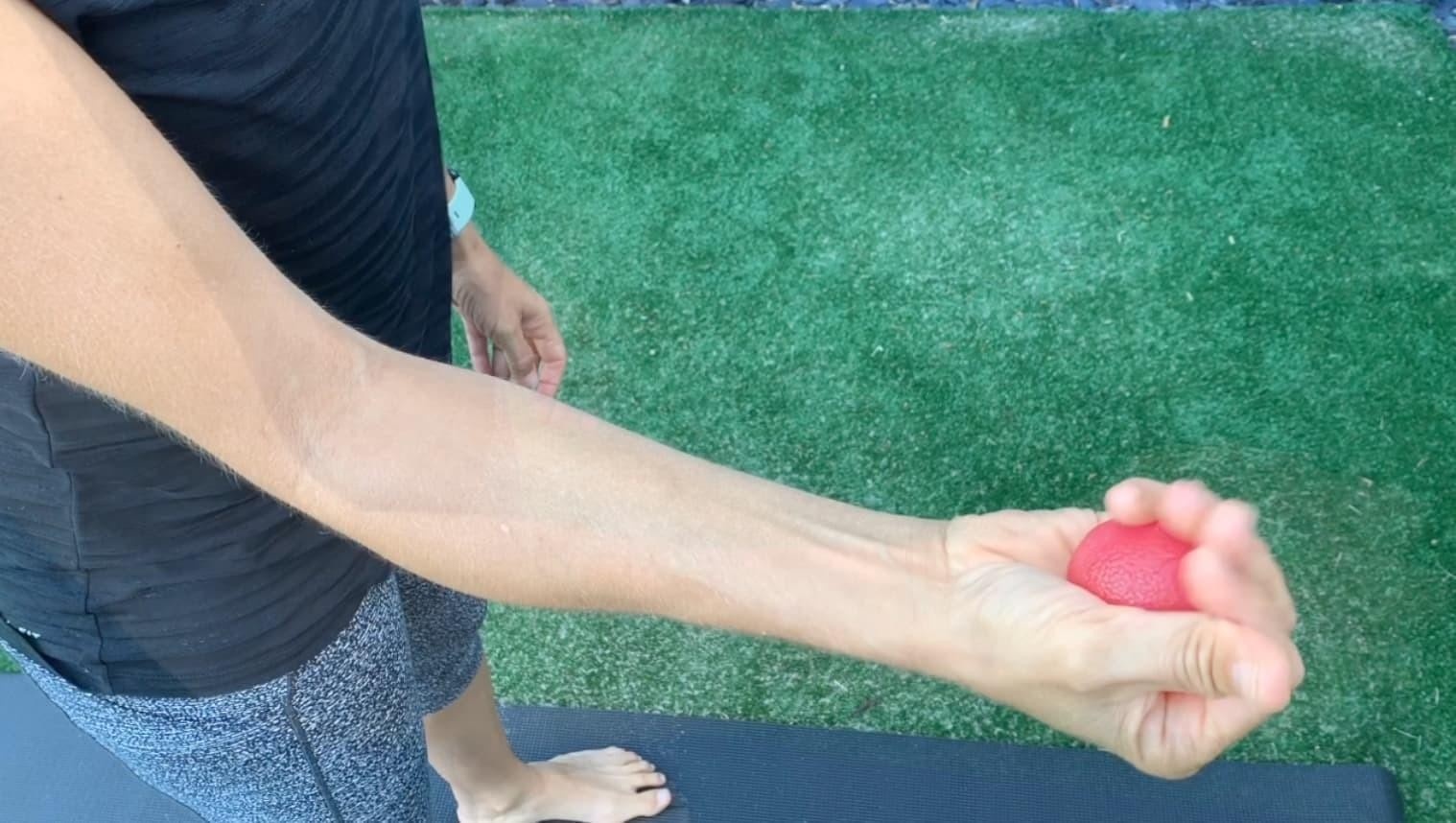
Ok, so there you have it. We wanted to cover all the areas young players need to be working on. These are areas we have wanted to discuss and share with our community for a long time. Thanks for taking the time to read it. I am sure you have gained insight and picked up some tips. Now it is time to apply! We do not expect everyone to do everything perfectly. We do though encourage everyone to take our advice, follow one of our Junior Tennis Strength and Conditioning Programs, that are purpose-built to cover the areas and issues mentioned above. This is the best way to help set up a young player for a happy and healthy career!


